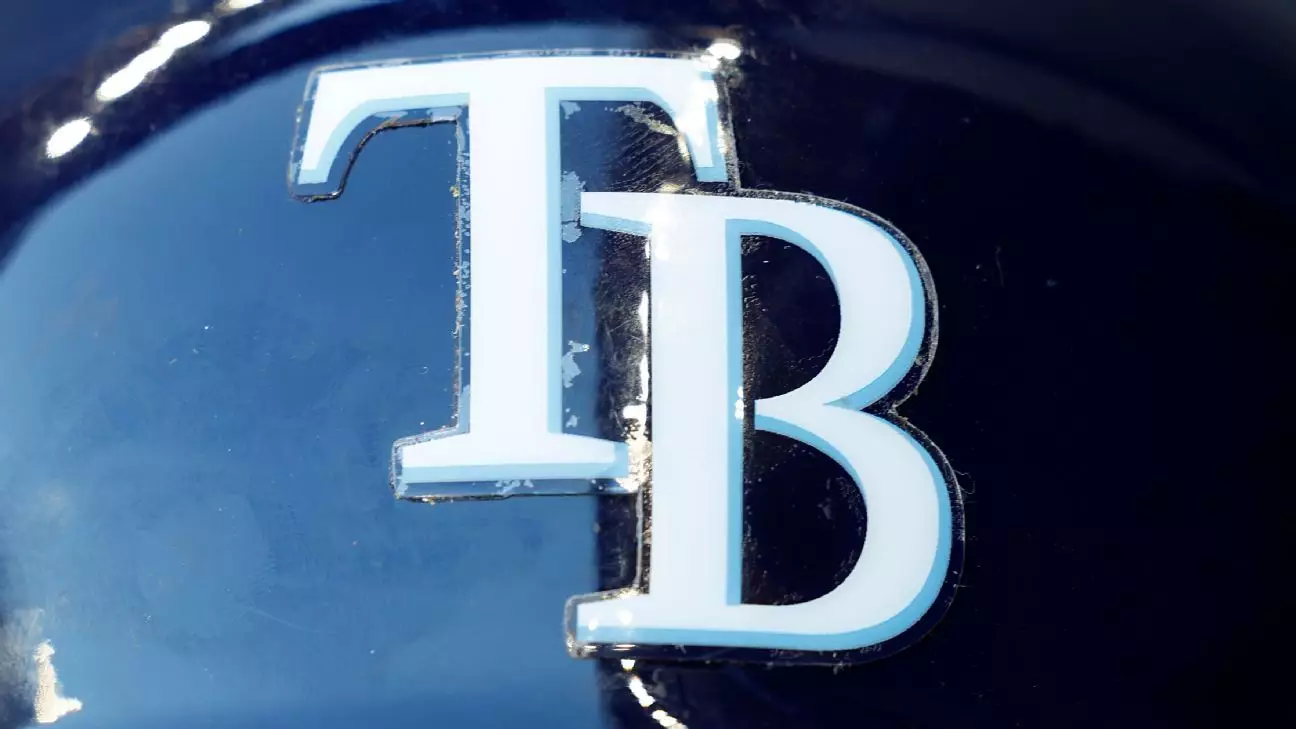The Tampa Bay Rays stand at a critical juncture as they weigh the decision to commit to a new $1.3 billion stadium. Originally endorsed by a vote in July, the proposed stadium has become a contentious issue between team officials and local government leaders. The situation has been exacerbated by the damaging effects of Hurricane Milton on Tropicana Field, forcing the Rays to temporarily relocate. As deadlines approach, both parties must navigate financial demands, community expectations, and the overarching question of whether this deal will be viable in the long term.
In a letter addressed to Pinellas County Commission chairperson Kathleen Peters, Rays presidents Brian Auld and Matt Silverman articulated their reservations about the stadium deal. They highlighted significant financial burdens that could arise should the project be delayed beyond 2028. The Rays have already invested over $50 million in planning and development, yet they’re faced with the reality that the necessary bonds for construction, crucial for moving forward, remain unresolved. Their assertion that a potential delay in the stadium’s completion could significantly inflate costs indicates deeper concerns about financial sustainability and the feasibility of the agreement.
The Rays‘ communication reflects a willingness to explore alternative solutions rather than blindly pursue a costly stadium that might not be completed in time. This raises questions about the team’s long-term vision as they consider not just the financial implications but also the need for a venue that can accommodate their ambitions moving forward.
Kathleen Peters struck a conciliatory yet assertive tone in her response, pushing back against the Rays‘ claims of the project being financially unfeasible if delayed. She characterized the team’s arguments as misleading and underscored the county’s commitment to facilitating the necessary funding. Peters’ insistence that the Rays should absorb any potential excess costs presents a scenario where accountability is demanded.
Moreover, Peters emphasized the timeline for bond issuance could be extended until March 31, 2025, creating more room for negotiation. This part of the narrative speaks volumes about the need for clearer communication and joint effort—not just a transactional relationship but a partnership that recognizes each party’s stakes and responsibilities.
The situation has been complicated further by the hurricane that severely impacted Tropicana Field. The team’s relocation to George M. Steinbrenner Field, normally reserved for spring training, illustrates the urgency of finding a long-term solution. However, this decision is not merely logistical. It reflects the ongoing struggle to maintain the organization’s local fanbase while navigating uncertainties that could dictate their future in the Tampa Bay region.
The Rays‘ temporary move raises essential questions about fan engagement and community support. Will relocating home games disrupt established fan connections? Can the team successfully cultivate local enthusiasm amid such a turbulent backdrop? As the situation evolves, maintaining player morale and public interest will be critical for the organization’s immediate future and long-term viability.
The timeline leading to December 1 could redefine the trajectory of the Tampa Bay Rays in the Tampa Bay area. The delicate balance between the organization’s financial framework, community expectations, and a potential future venue requires not only prompt decision-making but also strategic foresight. Peters’ commitment to collaborate with the Rays hints at a more profound desire for partnership rather than a contentious stalemate.
Ultimately, the pivotal point lies not solely in whether the Rays opt to pursue this monumental project but in how they engage with local governance and their fanbase on this journey. The road ahead is fraught with challenges, but it also offers opportunities for innovation, growth, and renewed enthusiasm for baseball in Tampa Bay. As both parties navigate these discussions, their actions in the coming weeks could set the tone for the future of the franchise.


Napsat komentář